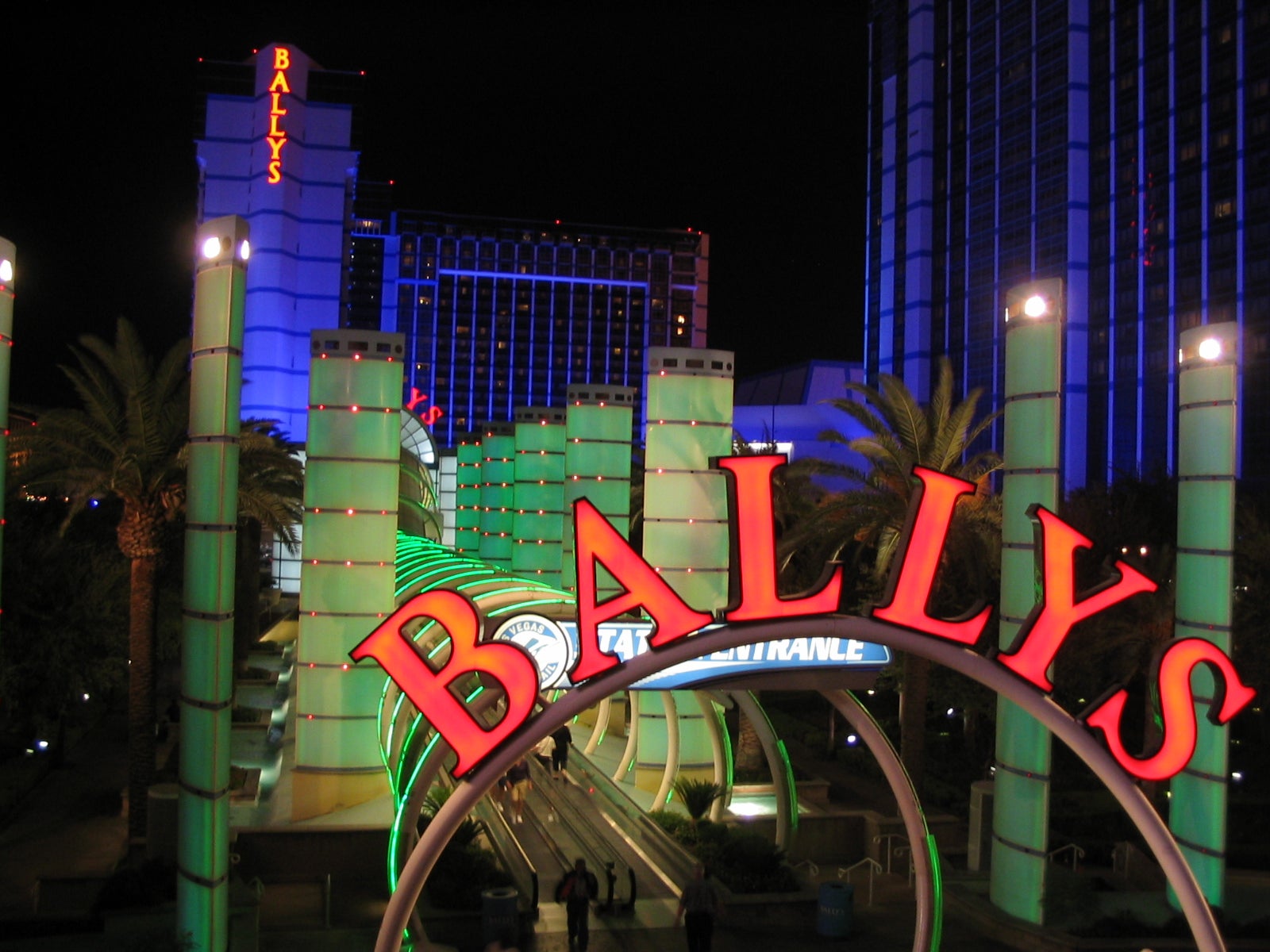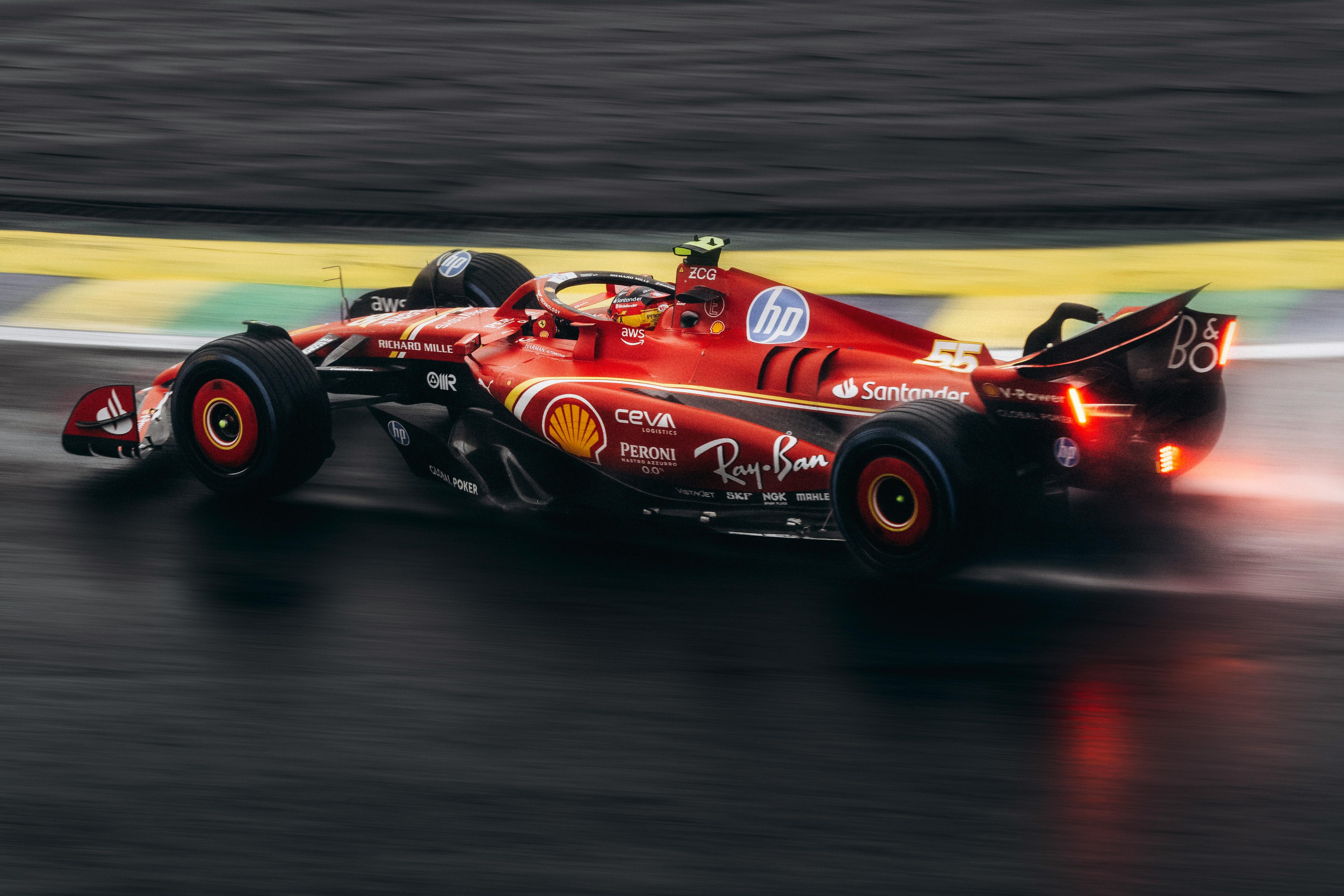As an expert, what do you think is behind the drop in visitors?
ZC: The drop isn’t the result of a single factor. It’s a combination of different things, each causing a decline in different groups of visitors. I visited the University of Nevada at Las Vegas (UNLV) campus to meet with influential locals and hear their thoughts.
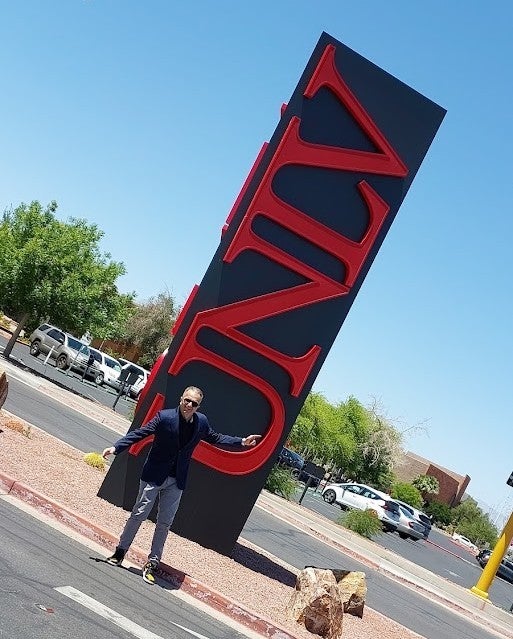 At UNLV Campus - Ziv Chen for Casino.Com
At UNLV Campus - Ziv Chen for Casino.Com
I met for coffee with Mah Jabeem, a graduate student at UNLV who also worked as a Research Assistant at the University's Office of Economic Development.
“In my opinion, the 11.3% drop in visitor volumes could be due to several factors, like high resort fees discouraging budget-conscious travelers, ongoing international visa restrictions and policies limiting foreign tourism, extreme summer weather discouraging daytime activity, tighter Canadian immigration policies affecting travel from Canada, and a noticeable dip in visitors from California, which could be due to higher gas prices, economic pressure, and more local entertainment options in California.”
I few days later, I met with at my hotel on the Strip with Craig Ferreira, Program Manager at the Office of Economic Development at UNLV, to hear his thoughts about causes for the drastic decline in visitors.
“What’s happening in Vegas is what’s happening with many high-end brands. Luxury isn’t the same anymore. We are raising prices and at the same time taking away things that used to be the core of the visitor’s luxurious experience.”
When I asked for examples, he asked me to walk with him across the hall to the hotel’s check-in area and showed me the check-in kiosks.
“Here’s a good example. Companies are increasingly using technology to streamline operations and cut costs. This check-in kiosk saves time and money, but what happens if you have a special request or question during the check-in process? Or, if like many hotel guests, you simply expect to be greeted by someone?” He added, “Some hotels don’t have a concierge anymore, and instead offer an app.“
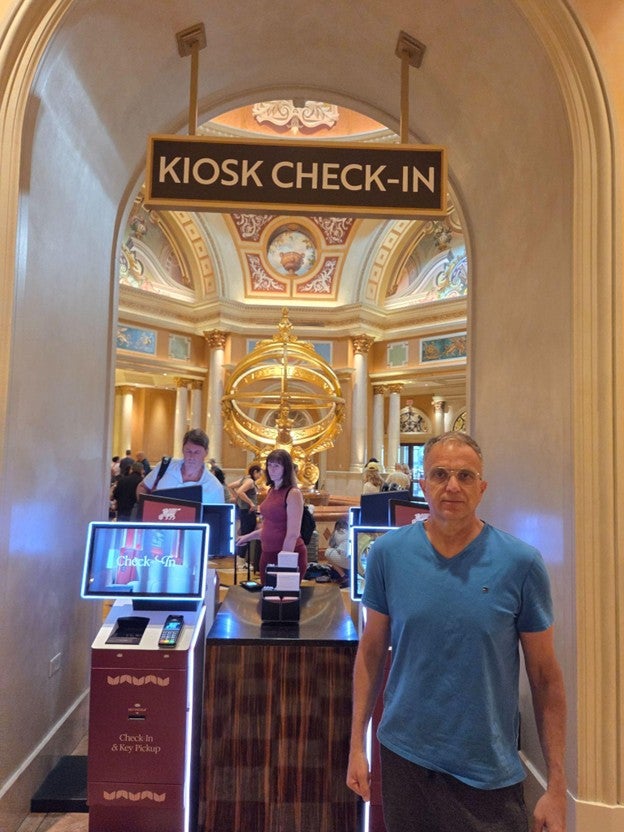 Mobile Check-In Kiosks - Ziv Chen for Casino.Com
Mobile Check-In Kiosks - Ziv Chen for Casino.Com
Z.C.: Another factor is the lack of marquee events this summer. Last year, we had the Super Bowl LVIII in February 2024, obviously a huge event that temporarily spiked visitors. But Summer 2025 hasn’t really featured major sports events or high-profile entertainment launches. Las Vegas relies heavily on these headline attractions to draw in crowds beyond its regular gaming and nightlife offerings, so the absence of large-scale events has left Sin City quieter.
Politics and border issues also play a role in the international tourism side of things. As we saw, Canadian visitors, for example, have dropped significantly due to rising travel costs, but some of this could also be put down to recent political tensions. Latin American tourism has been slowed by stricter immigration enforcement - the US has seen a huge 33% drop in visitors from Colombia this year. All of these issues are not directly related to Vegas itself, but their impact indubitably translates into fewer people walking the Strip.
Finally, shifting preferences among travelers are playing a role. Gen Z tourists, in particular, seem to be prioritizing immersive experiences, cultural stays, and international travel over traditional casino-and-nightlife trips.
How does summer 2025 compare to previous years, and is the slowdown seasonal or year-round?
ZC: I go to Las Vegas several times a year, and have been here in past summers also. So I expected the streets to be quieter. I looked at the numbers before going, and this summer shows a clear slowdown when you compare it to previous years. In June, Las Vegas saw about 3.1 million visitors, down 11.3% from 3.49 million in June 2024 - that’s nearly 400,000 fewer people on the Strip and in Fremont. Air travel, which makes up the bulk of visitors, also dwindled: Harry Reid International Airport handled 4.7 million passengers in June, 6.3% fewer than last year. Although this might mean a nicer airport experience for some, it accounts for roughly 81% of the overall drop in visitor numbers.
It usually takes me about an hour, even an hour and a half when it's busy, to clear customs and pick up my luggage. This time, I was waiting for a taxi less than 30 minutes after the plane touched ground in Vegas. It felt strange.
The slowdown isn’t limited to summer, either. Numbers show that so far Las Vegas has experienced approximately 1 million fewer tourists this year compared to the same period in 2024. This suggests that we’re seeing a sustained decline and not a seasonal fluctuation.
Which visitor segments are contributing the most to the decline?
ZC: The most noticeable declines are among international visitors and middle-class domestic travelers. In June 2025, Las Vegas experienced a 13% drop in international travel. Notably, Canadian airlines such as Flair and Air Canada each reported sharp decreases in traffic to Las Vegas, with declines of 55% and 13.2%, respectively.
Middle-class domestic travelers are also contributing to the slowdown. Rising costs in the city, including higher hotel rates and resort fees, have made Las Vegas less attractive to budget-conscious tourists.
I went to my hotel lobby in the morning to get a coffee, which cost me $15. Later, as I was walking on the Strip, I went into the food court of another hotel and bought a small bottle of water, which, with tax, cost me over $7. I was on my own, but if you are travelling with a family, these small costs add up to a large expense every day.
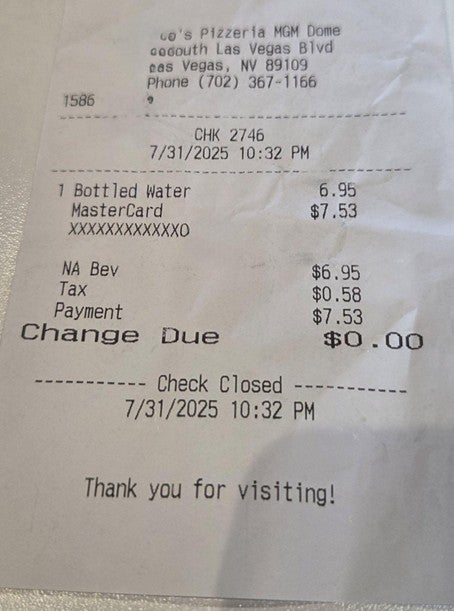 Receipt - Ziv Chen for Casino.Com
Receipt - Ziv Chen for Casino.Com
These prices add up, pushing many middle-income visitors out of the city’s core market. This isn’t even considered typical tourist spending on activities; standard seating tickets for a movie at the Sphere set me back $130 for one.
Middle-class tourists, once one of the city's key demographics, find it more and more out of reach. Las Vegas does keep attracting affluent visitors through major events like the Formula 1 Grand Prix and concerts by artists such as Beyoncé and Taylor Swift. But these high-spending visitors are not enough to offset the decline in volume from the shrinking middle-income and international visitor base - contributing to quieter streets and less demand for rooms, dining, and other things.
How Significant is tourism for Las Vegas in terms of Employment?
ZC: As you probably guessed, tourism is the single-largest driver of jobs in Southern Nevada. In 2024, visitor spending directly supported 252,000 positions, so the people you see working in casinos, hotels, restaurants, bars, and the like. But that’s just the first layer. There’s also a second tier of employment tied to the industry that most people don’t immediately think of. That's companies supplying goods and services to the hospitality sector. This includes food distributors stocking kitchens, linen services handling laundry for hotels, or construction crews working on casino renovations. Those “indirect” roles added 48,380 jobs last year.
But that’s not all. There’s the indirect effect created by these two tiers. When employees in tourism or its supply chain spend their wages locally, that creates demand for even more positions. Think of a food distributor who now has a higher income after supplying hotels, and goes on to spend more elsewhere. That knock-on effect supported around 84,000 additional roles in 2024. When you do the math, that’s tourism accounting for over 385,000 jobs in the region, over half of the workforce.
And what does that translate to in wages?
ZC: The paycheck impact is enormous. Direct jobs in tourism generated about $14 billion in wages last year, which is approximately 20% of all earnings in Southern Nevada. When you factor in indirect and induced salaries from suppliers and the wider economy, the total jumps to about $21 billion - all money going into rent, childcare, and daily living expenses. So even a modest drop in tourism can have a real impact on the livelihoods of local hospitality and other workers.
As I often come to Las Vegas for work, I like to look for small bars in back streets in the North Strip and Downtown areas. What I love about these bars is the chance to talk to locals. Many hotel staff come to these places to unwind after shifts and enjoy cheaper drinks and a laid-back vibe. These places are a lot quieter now.
To find out exactly how these numbers play out day-to-day, I referred again to Mah Jabeen, who also works in the industry.
“A 10.7% drop in hotel occupancy typically leads to fewer hours for existing staff, hiring freezes, and greater competition for available roles, as hotels cut costs to match lower demand. From my own experience and people I know in the industry, this often means employees are asked to take on multiple roles, making the hospitality job market tighter and less stable.”
Her experience reflects what many workers in the sector are feeling: declining visitor numbers aren’t just a statistic; they have an immediate and personal impact on people working in the city.
How does the decline affect the hotels - are they empty?
Looking at the numbers more broadly, Las Vegas currently has 150,220 hotel rooms, which is slightly down (some big names like the Mirage and Tropicana closed down, with some new players like the Virgin Hotel opening). Despite fewer rooms, total hotel occupancy in June was 78.7%, a drop of 6.5% from 85.2% last June. Guests can definitely feel the difference, too.
During this visit, I’ve stayed at three different hotels across the city: I first checked into a hotel on the center of Las Vegas Boulevard (near the Bellagio), after a few nights I moved to the north side of the Strip (near the Strat Hotel), and ended up for the last few nights in a hotel downtown (on Fremont).
The Strip really felt quieter at times, and the hotels were not as busy as I remembered them. Downtown, which is usually frequented by locals and a younger crowd, was also quieter, but not as quiet.
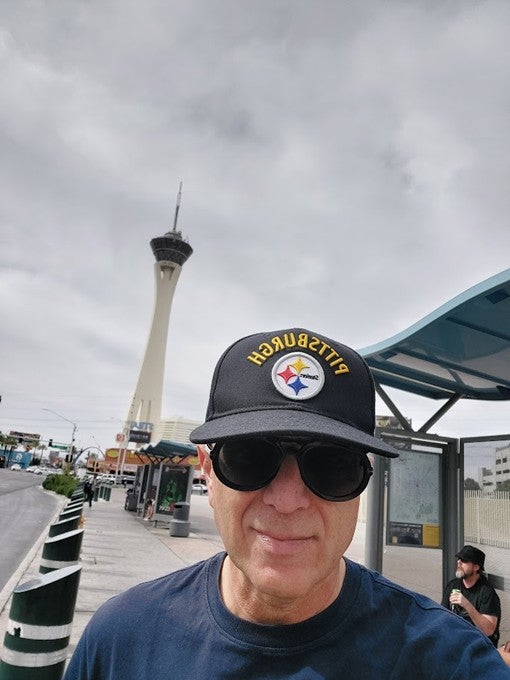 An Empty Las Vegas Strip - Ziv Chen for Casino.Com
An Empty Las Vegas Strip - Ziv Chen for Casino.Com
How is Las Vegas mitigating this tourism decline?
Z.C.: Looking at the immediate response, many hotels across the city are targeting tourists and locals with promotions. For example, Resorts World and Sahara are dropping resort fees, Treasure Isleand, Circus Circus and Virgian offer free self-parking, and Circa and the Strat Hotel offer all-inclusive “Stay and Play” discounted packages.
I personally get annoyed by resort fees, where Las Vegas hotels charge an extra $50, and sometimes even $75, extra per night to use the gym, swimming pool, internet, and other basic hotel amenities. So hotels waiving resort fees are a good start, but not only for summer. I think these need to be wiped out for good.
Many hotels are also targeting locals, offering Nevada residents special rates, access to swimming pools, free parking, and more. Mah Jabeem supports these initiatives:
“Las Vegas’s population is steadily rising, with about 1.6% growth from 2024 to 2025, placing the metro at around 3 million residents in 2025. This increase in the local base makes initiatives like free pool access for locals and Mandalay Bay’s $10 Shark Reef Tuesdays particularly smart; they tap into a growing market of nearby residents, encouraging engagement and local spending even when tourism dips.”
I asked Craig Fierra for his thoughts on what else can be done, and he brought up an interesting angle, which is the conference and tradeshow visitors.
“Conventions are coming back to Las Vegas, and that’s going to be a big thing,” he said. “Businesses spend a lot more than individuals. So, when a company is coming to town to bring its employees or entertain its customers, we’re looking at a boost to the local economy. And we’ve got a great convention center that’s perfectly located close to the Strip, so hotels, entertainment, and dining are right here. I see it as an important growth engine for Las Vegas.”
Finally, Mah Jabeem gave me her insightful perspectives about what the city should do next.
“I think Las Vegas should diversify beyond traditional tourism by investing in medical tourism and sports-related services, especially as Las Vegas grows as a sports hub. Developing sports medicine facilities, hosting training camps, and offering rehabilitation packages could attract athletes and health-conscious travellers year-round. At the same time, training locals for specialized roles in these sectors ensures the city isn’t just building fancy venues but also building skilled people to support them, creating sustainable jobs, and reducing reliance on seasonal hospitality demand.”


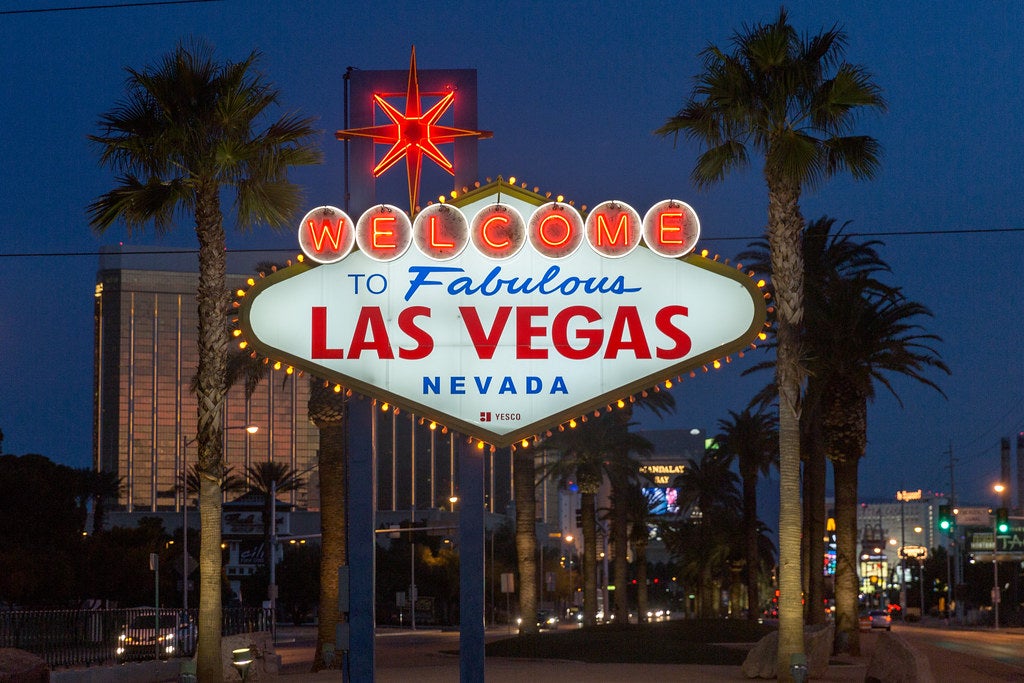
 At UNLV Campus - Ziv Chen for Casino.Com
At UNLV Campus - Ziv Chen for Casino.Com Mobile Check-In Kiosks - Ziv Chen for Casino.Com
Mobile Check-In Kiosks - Ziv Chen for Casino.Com Receipt - Ziv Chen for Casino.Com
Receipt - Ziv Chen for Casino.Com An Empty Las Vegas Strip - Ziv Chen for Casino.Com
An Empty Las Vegas Strip - Ziv Chen for Casino.Com



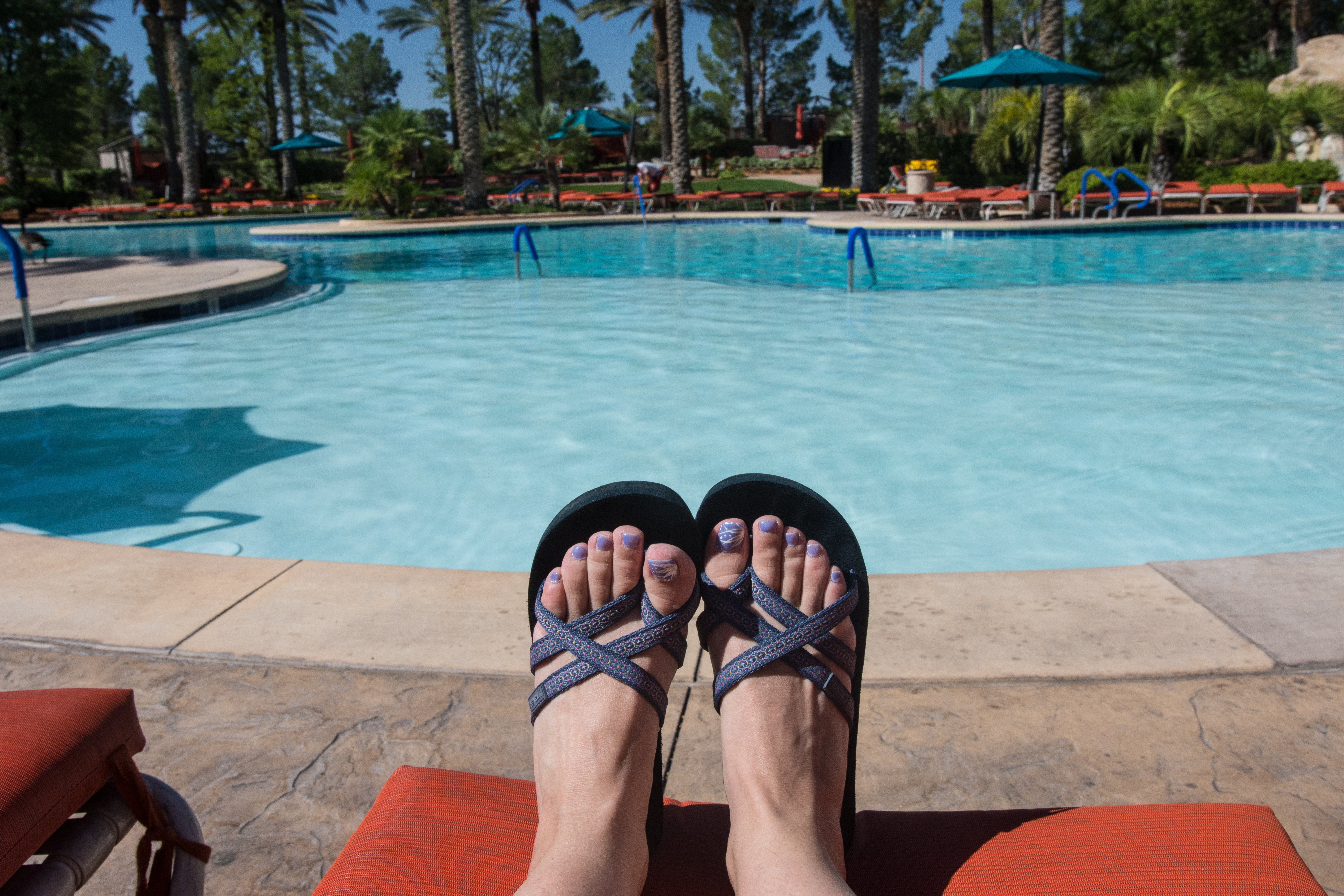
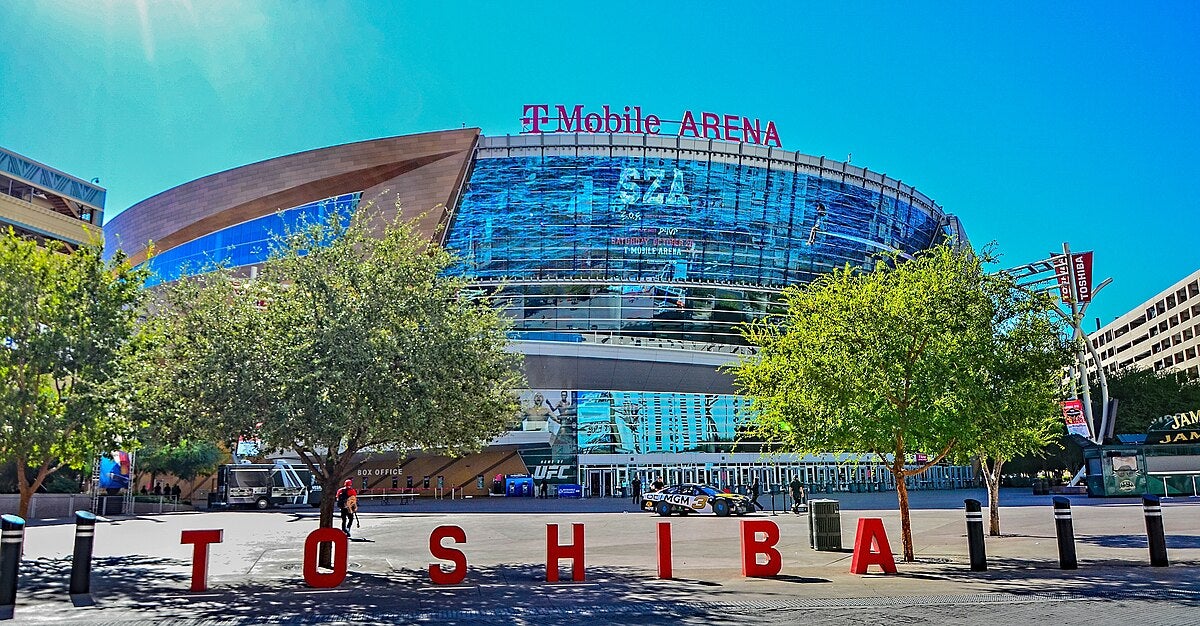
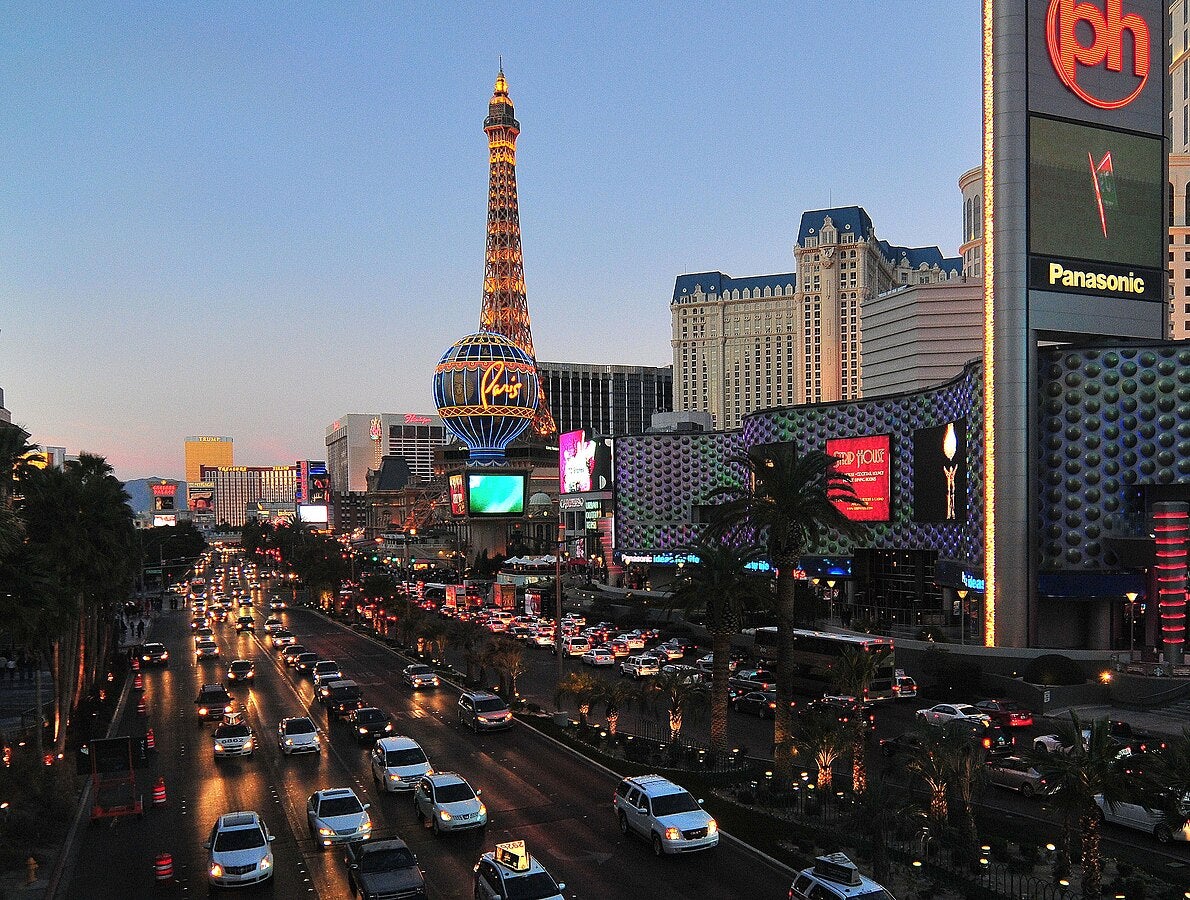
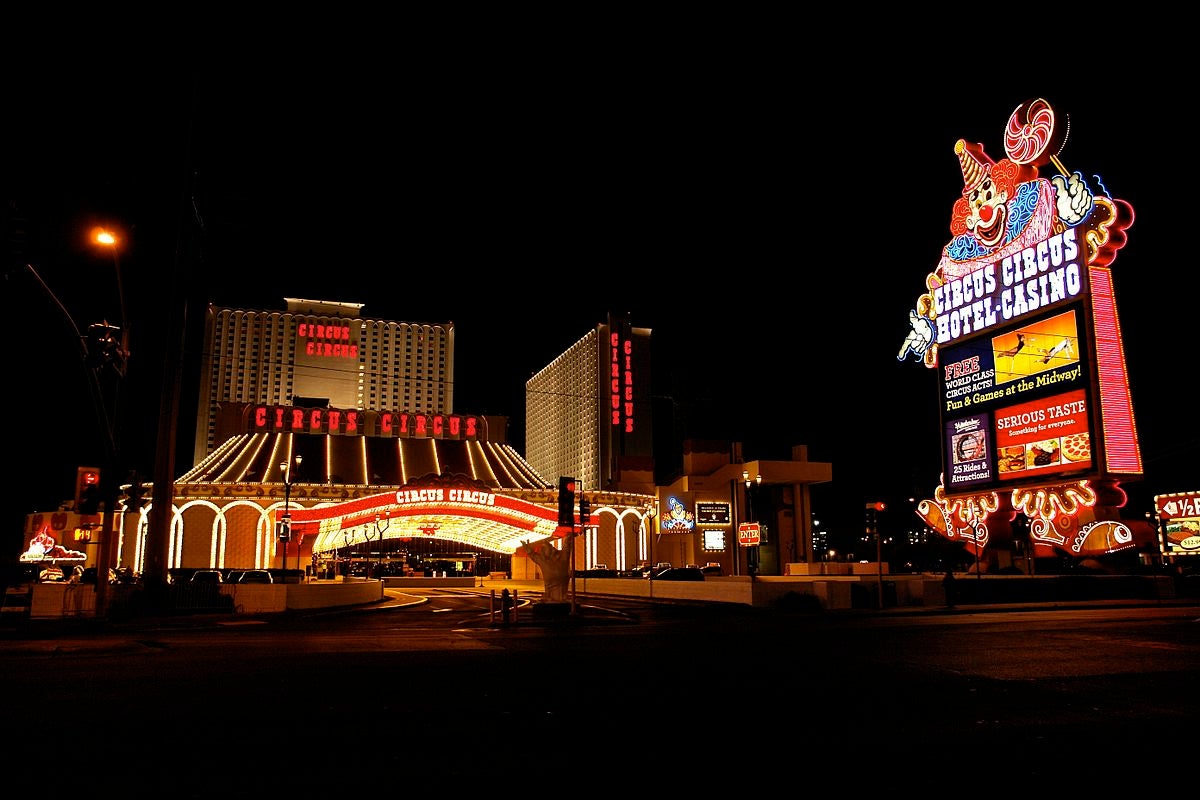
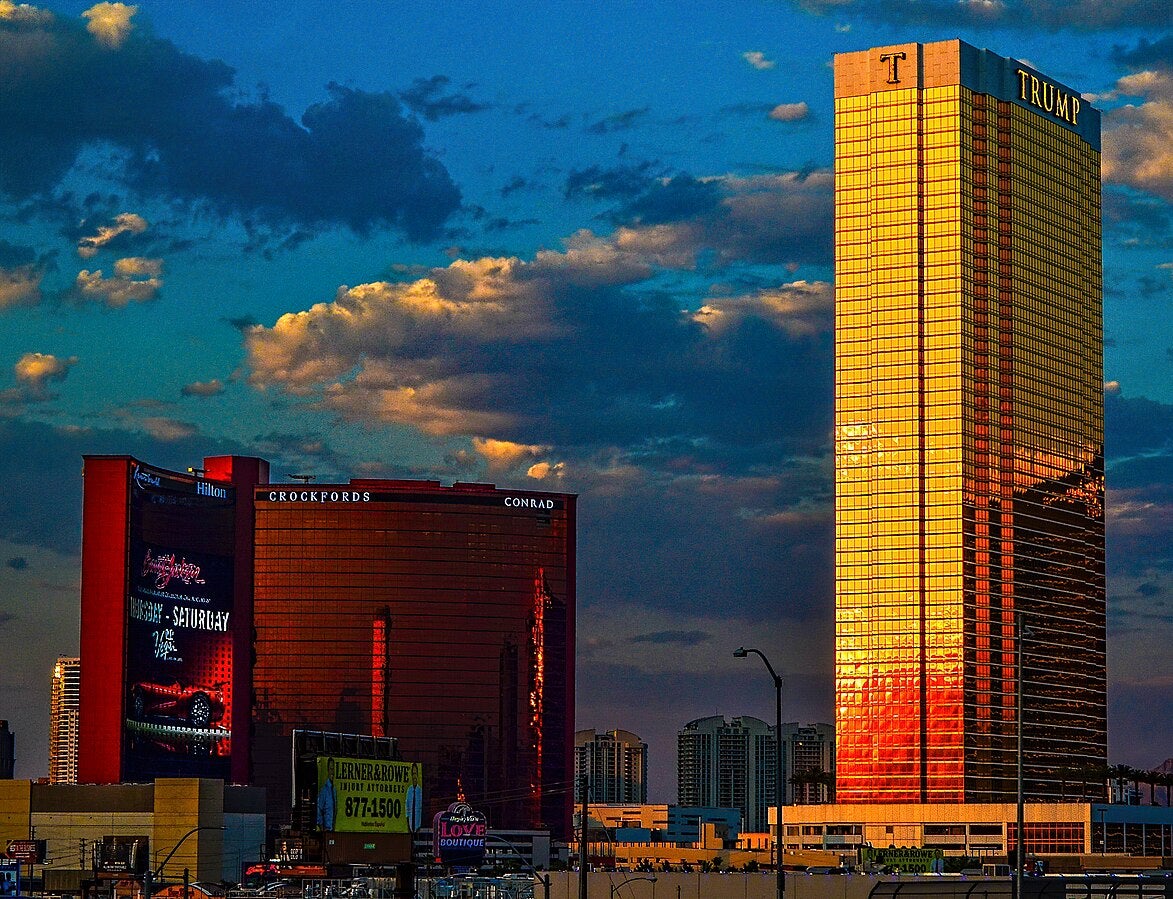
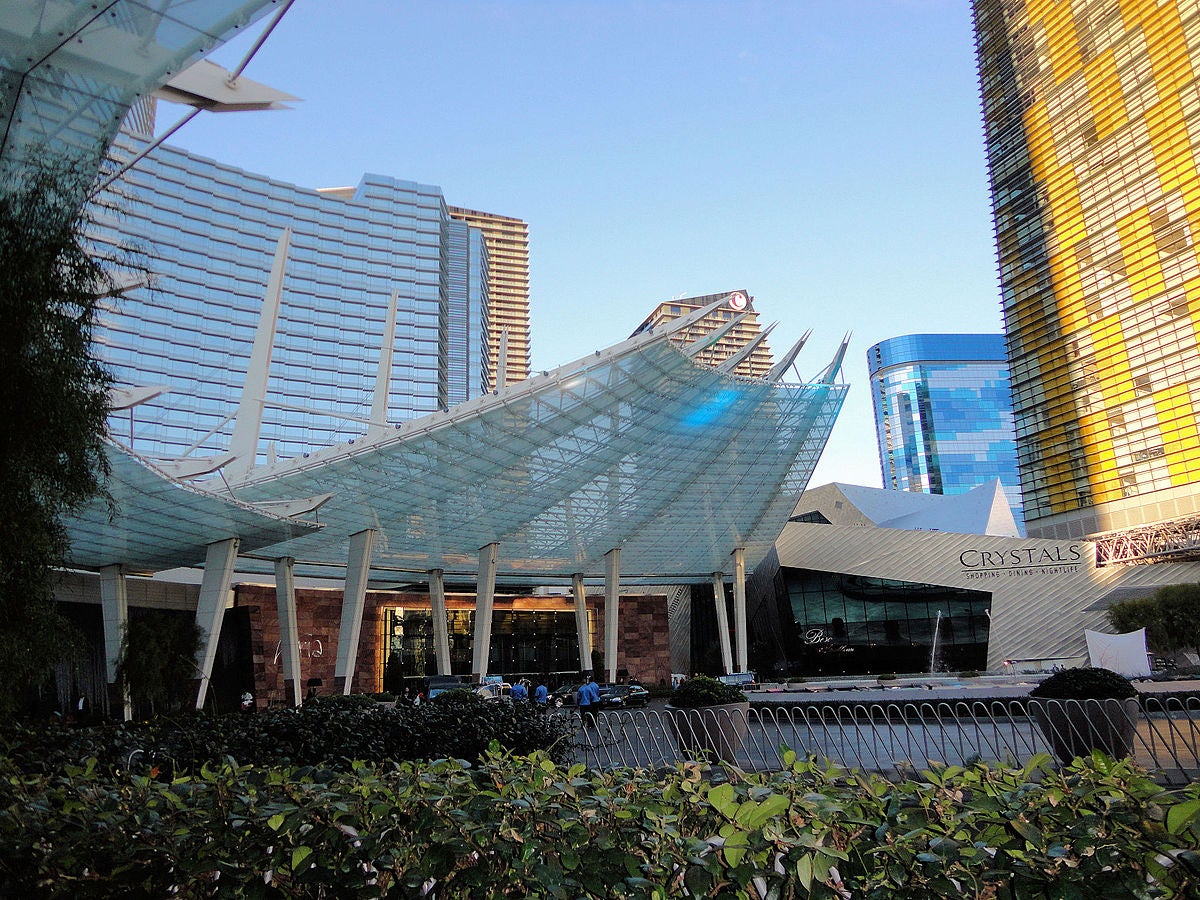


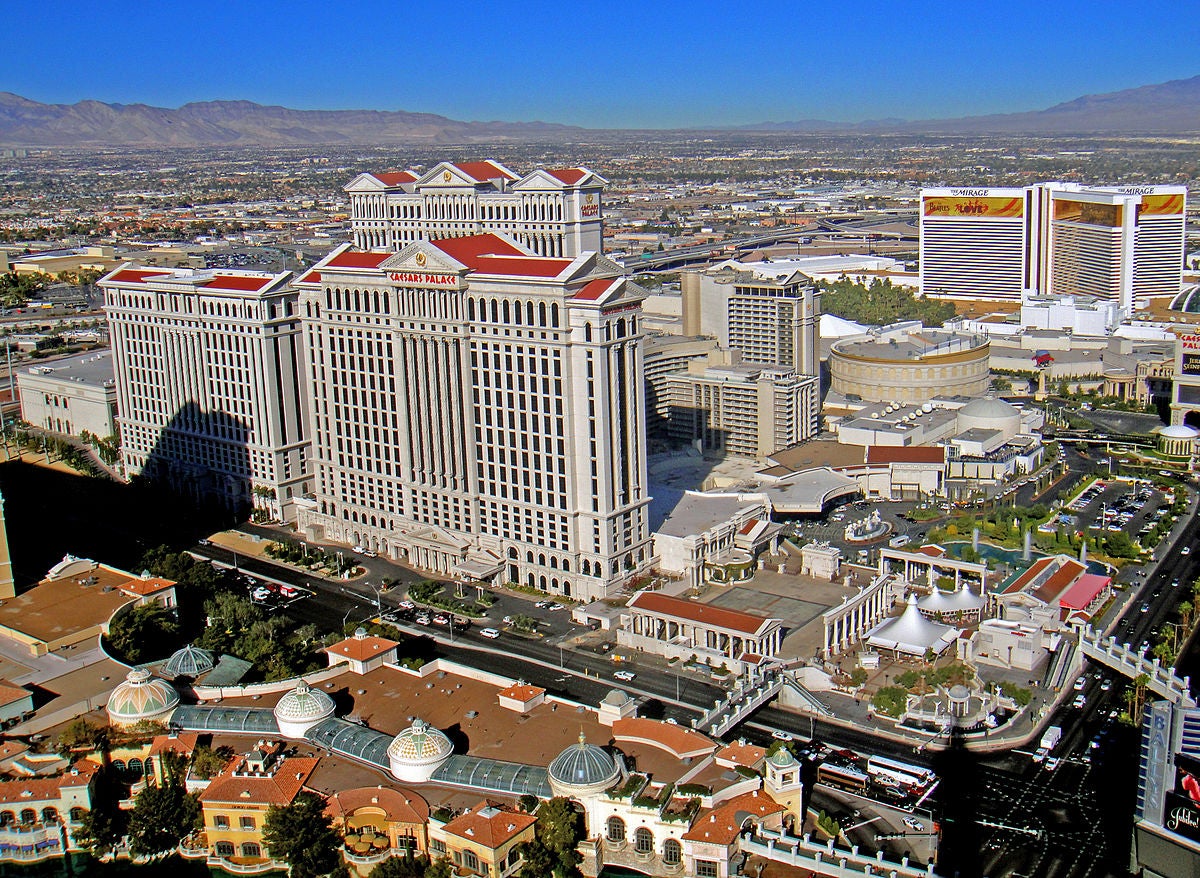
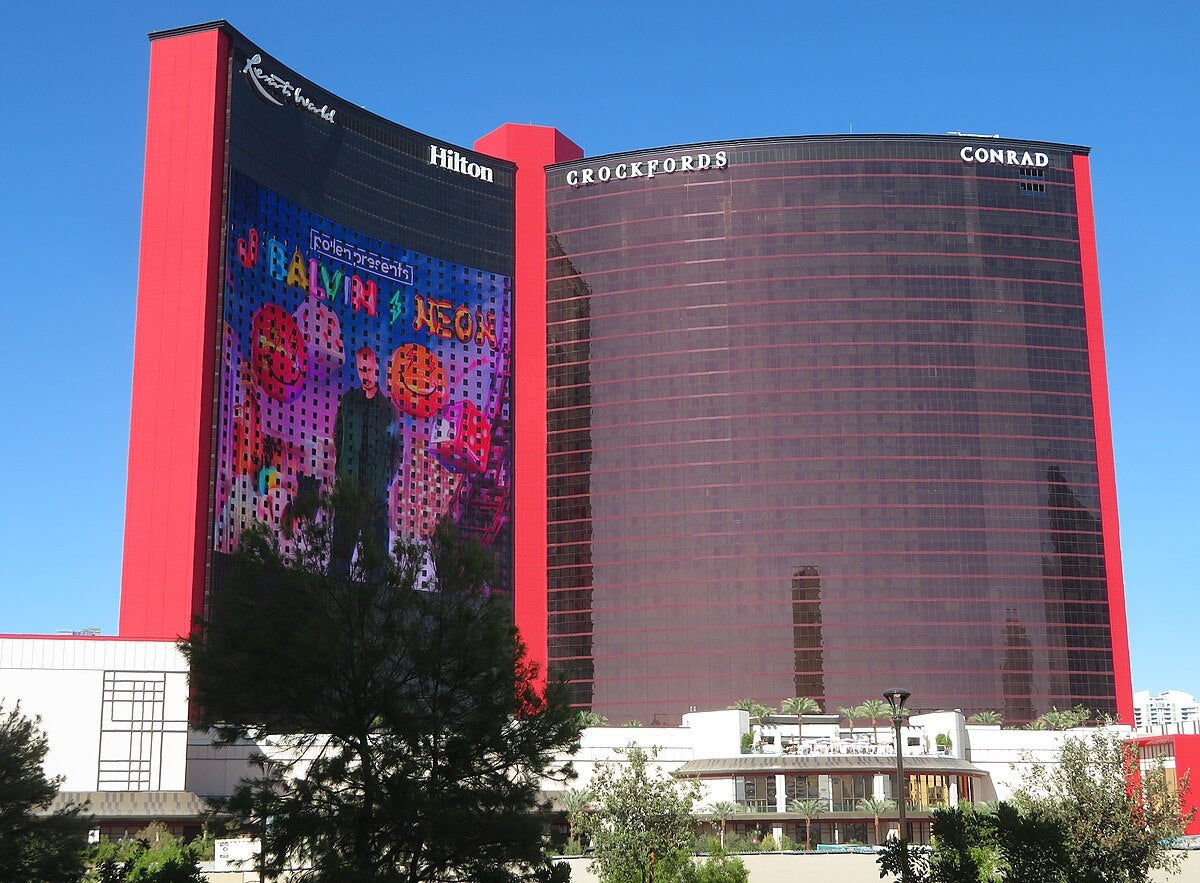
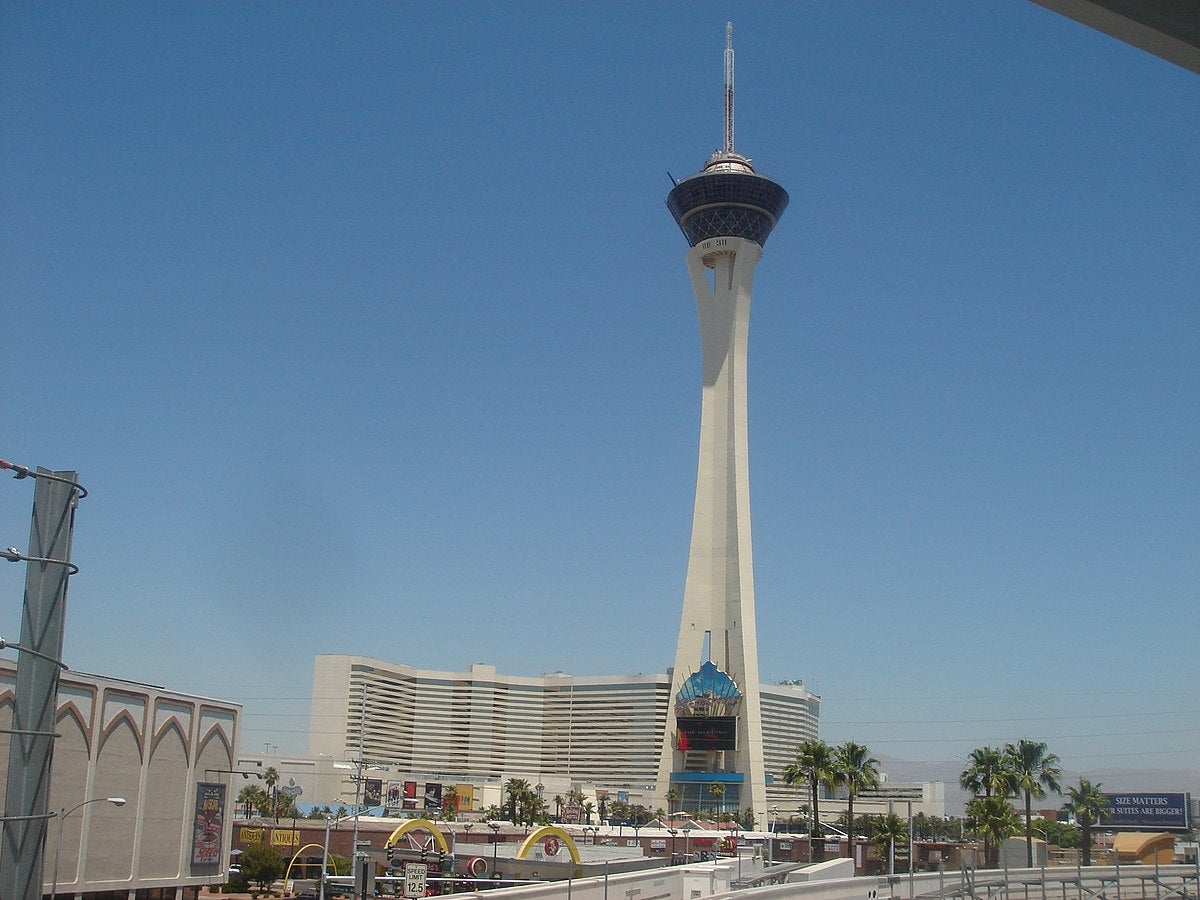
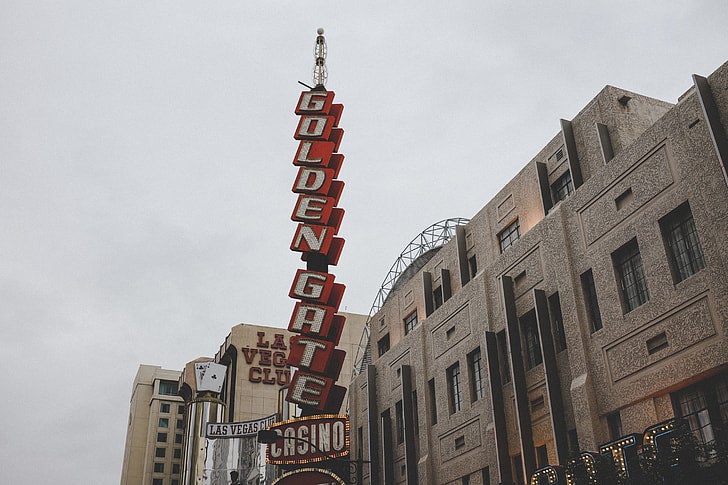
.jpg)
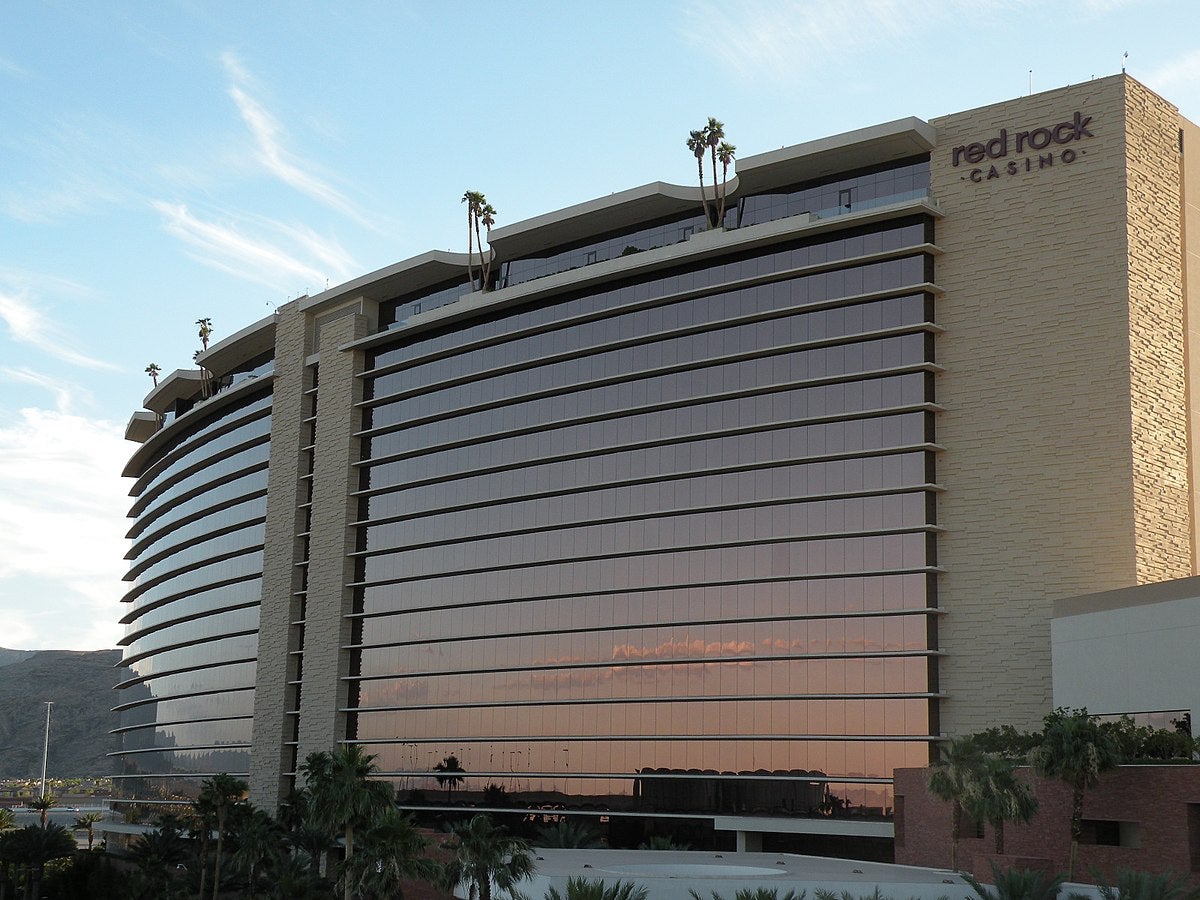
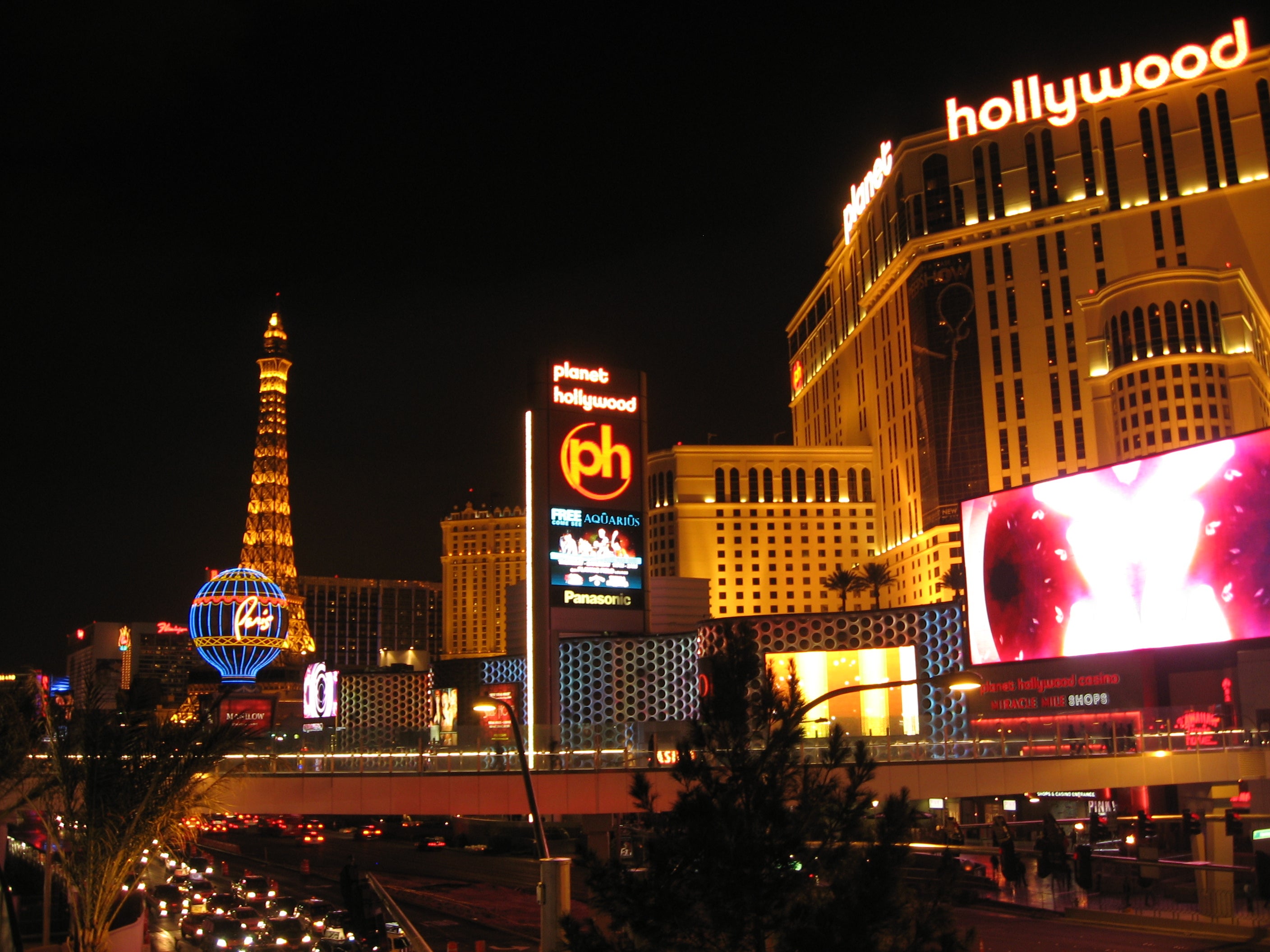
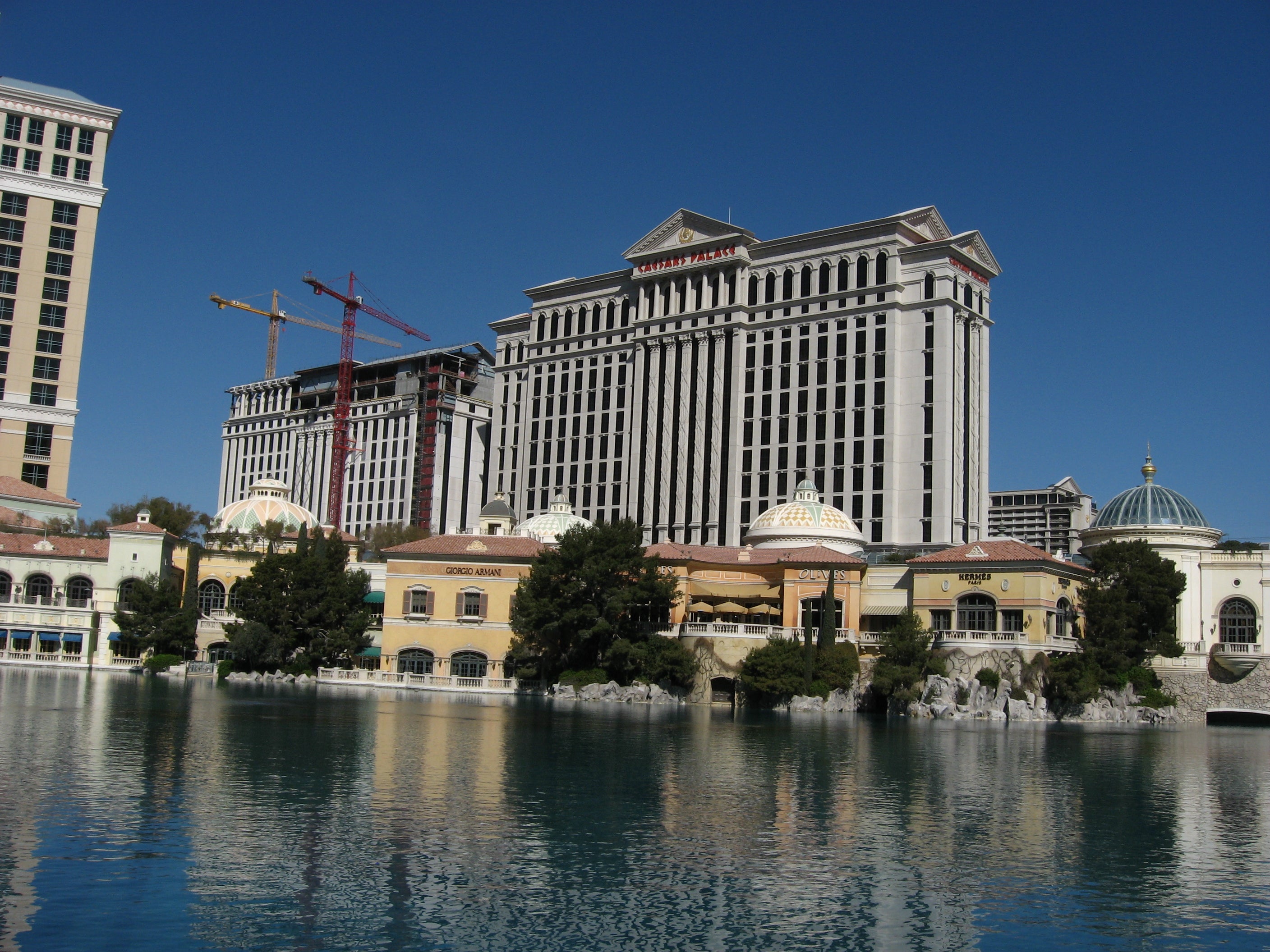
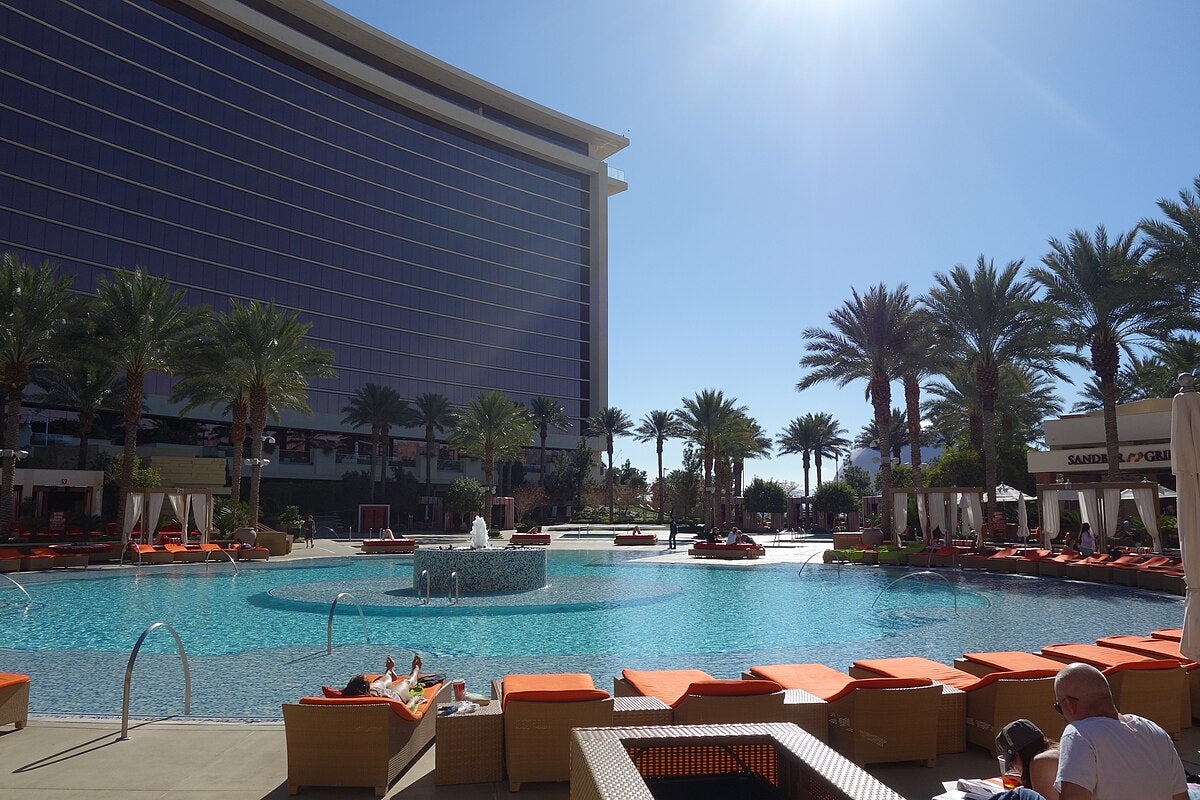
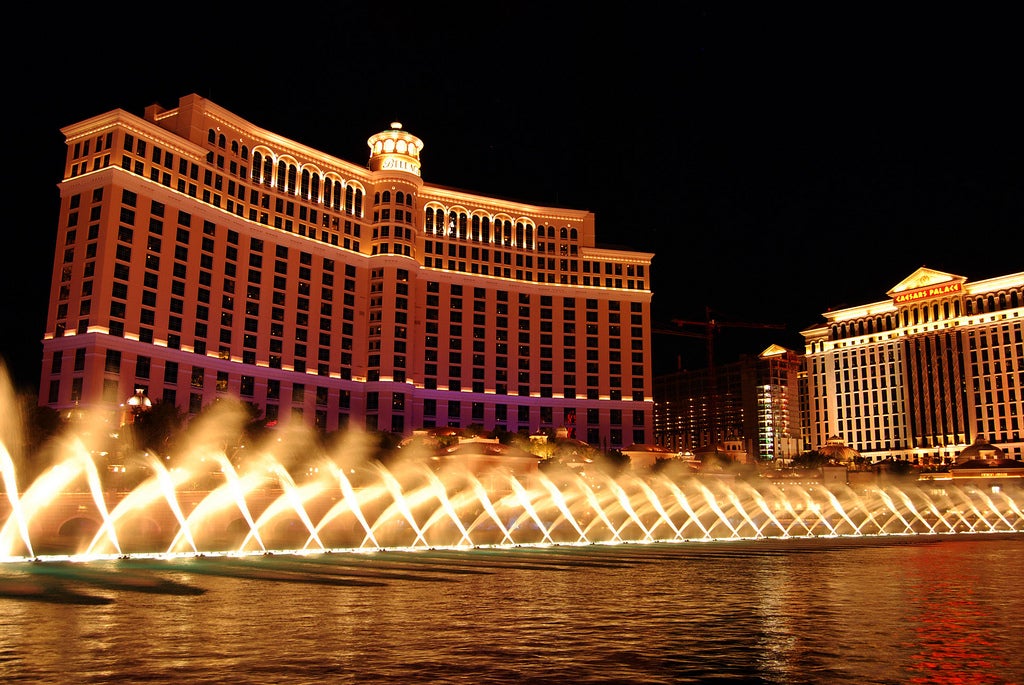
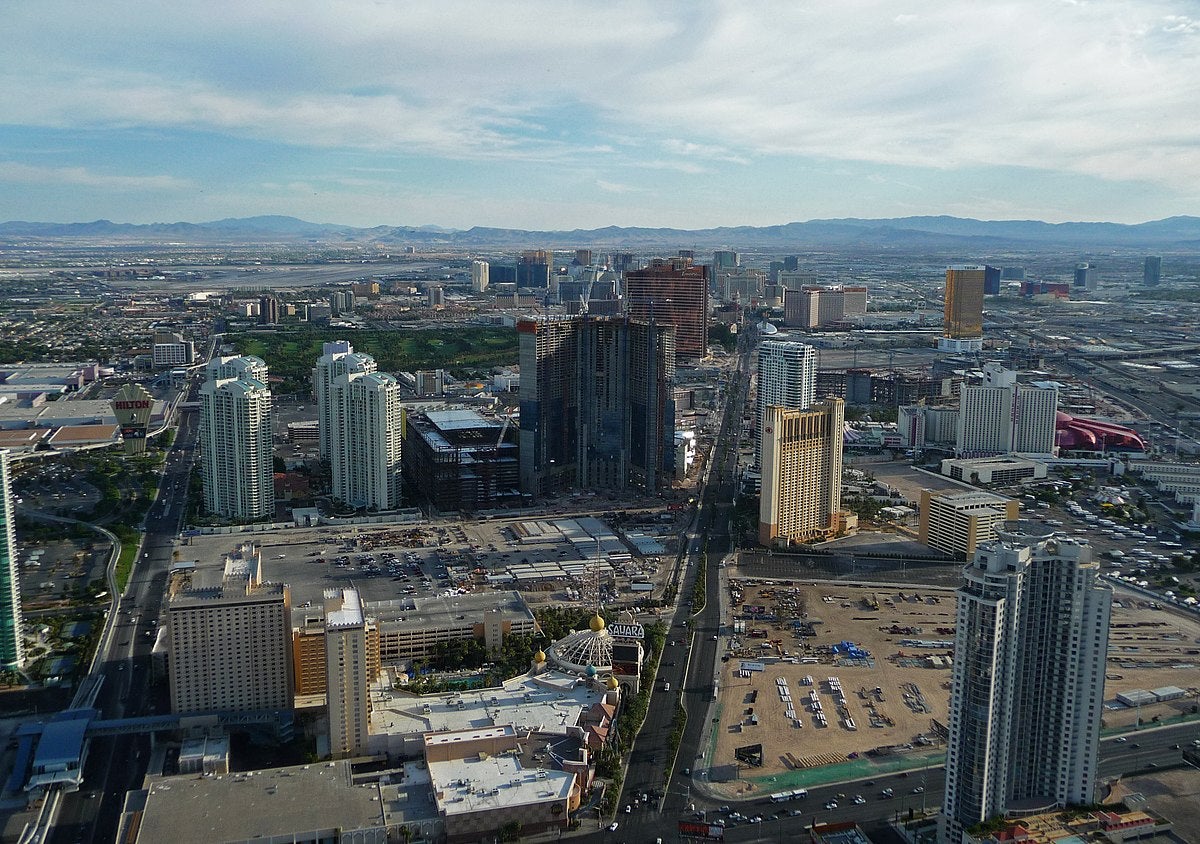
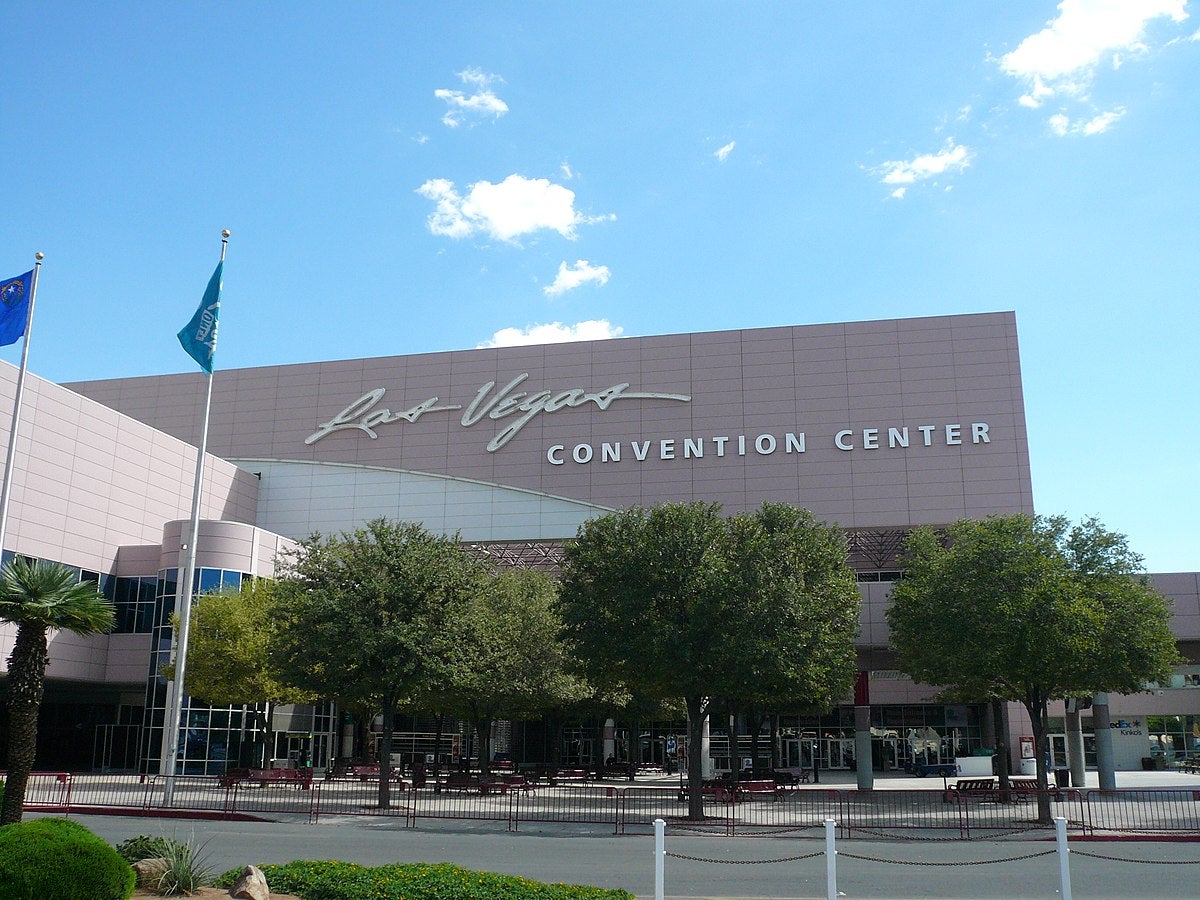
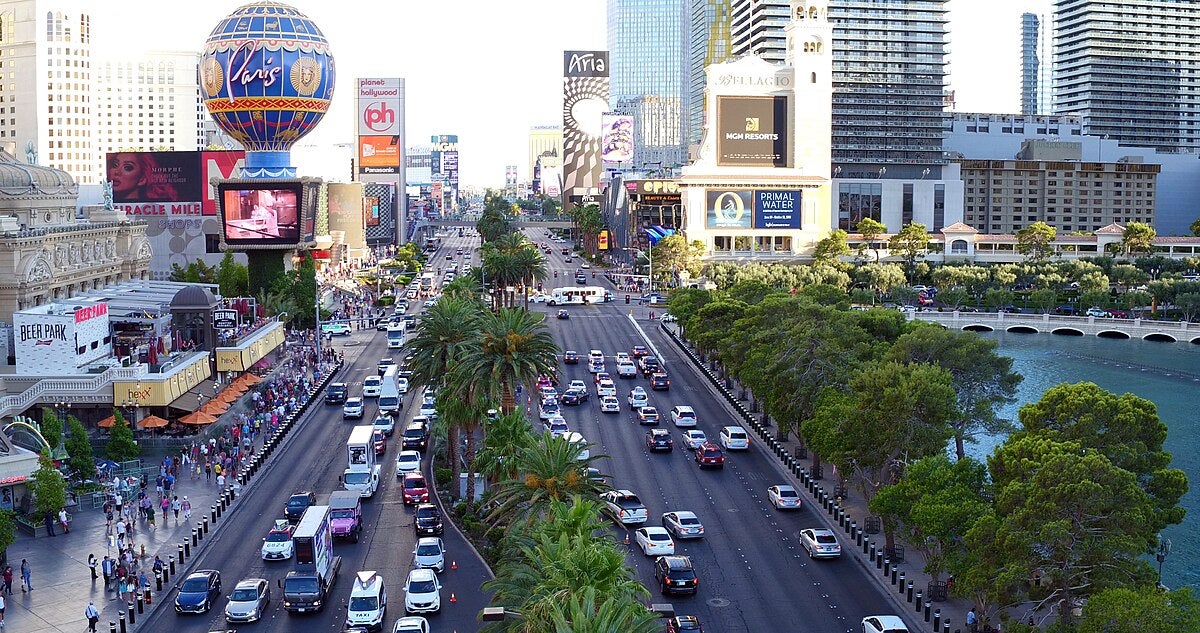


_-_an__All-American_Road_,_a_scenic_route...by_day_and_especially_by_night_(49686549532).jpg)




